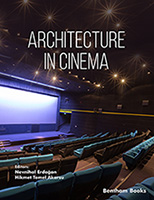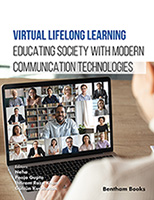Foreword
Academic knowledge has over the years had a tendency to be kept apart from the mainstream society. When Platon founded his academy in 387 BC he chose a place called “Academia” a short distance outside Athens. The academy was isolated from the town, since the teacher of Platon, Socrates, worked inside the town and he was sentenced to death due to subversion when he was teaching the Athenians. The Romans honoured the Greece wisdom and stored the papyrus scrolls in libraries and made them available for scholars to study. Still apart from the mainstream society. When the German tribes vandalised the Roman empire 400 AD most of the libraries were burned and most of the books were thrown away. Some were preserved in the convent schools and Episcopal schools, available only for a limited number of people. Around 800 Charlemagne managed to unite the remains of the old roman empire and to preserve it for the future he issued the Carolingian renaissance. One of the primary efforts was the creation of a standardised curriculum for use at the Episcopal schools. This was the first step towards and independent university system.
In the 12th century Europe was prospering, recovered from the German tribes and a new bourgeois emerged. They needed education in law, mathematics and other business related issues. The Episcopal schools tried to adopt by forming some kinds of guilds, thereby gaining legitimacy for being separate from church and serving the guilds. To emphasise the freedom from church the schools were called ”studio generale” when they had reached a certain degree of generality. During the following centuries the medieval university system emerged, based upon a reproductive view on the ancient knowledge. More people got opportunity to visit the universities, but still they were isolated from society. For instance universities had their own jurisdiction, which in Sweden continued until the beginning of the 20th century.
The medieval form of teaching continued until beginning of the 19th century. In 1810 the Berlin University started at the initiative of the liberal Prussian education reformer Wilhelm von Humboldt. Humboldt’s idea consisted mainly of a close connection between research and learning and freedom of science. The research-based universities, ruled by professors were established. Still it had its own legislation and were more or less separated from society. However, the gap between society and the university diminished over the years and in the wake of the 1968 revolution the relation between society and the universities were radically changed. In Sweden a major reform was launched in 1977 which signified a comprehensive central planning at government level of educational offerings. About hundred general education lines were installed, which was transferred to five vocational training sectors. An important purpose was to open the university for new groups. In1993 a new reform was issued, where universities obtained increased freedom and government's detailed management of basic education declined. A new resource allocation system for undergraduate education was introduced. More research money were allocated from the universities to the research councils establishing a competition for research funds. From the millennium shift we have seen a new university emerge; a new university oriented towards trade and industry, trying to provide them with well educated work-force and conduct research that will be beneficial for trade and governance, leaving less room for the traditional academic freedom of education and research.
Per Flensburg
University West
Trollhättan
Sweden





